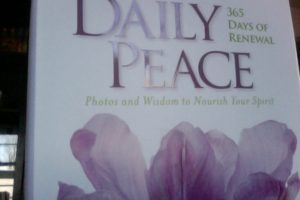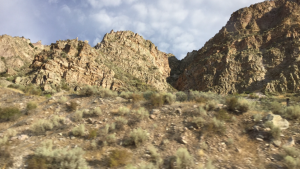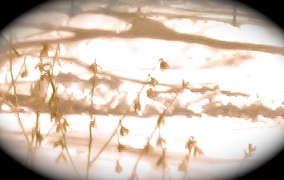Reading: Matthew 5:39
Another has done me wrong? Let him see to it.
Marcus Aurelius, Meditations, 5.25
[Holiday and Hanselman, The Daily Stoic, New York: Portfolio/Penguin, 2016, p. 66]
The quote has a few more lines, taken from a larger writing. Without a context, these words wouldn’t make any sense to me. What does he mean, let him see to it?
Hanselman and Holiday put these lines in a larger framework – controlling how we respond to people who have caused us harm. Another way to say this: Somebody done me wrong? He/She has to live with it (not me).
In one sense, this isn’t true; if someone burns down my house or crashes into my car, I have to deal with the damage. Real consequences fall to me because someone else behaved badly. In another sense, it is absolutely true; my inner life doesn’t have to suffer because of this event – unless I choose to hold on to anger and resentment because of the damage. The one who caused the damage has to square himself/herself with the actions and results.
This is the kicker: if I choose to let go of any negative feelings the damage created, I choose to forgive the one who caused it. To save my inner life the turmoil and damage that resentment and revenge bring, I cannot exact revenge. My freedom comes when I free the one who hurt me.
There are always consequences to damage and hurt – breaks need to be healed, reality restored. But whether the souls of the people involved are blighted by the experience is optional. I can choose to let it all go. The one who done me wrong? He/She will see to it with a better chance to refrain from harm in the future if I refrain from returning damage for damage.
But I’d be kidding myself if I said it was easy. Wise, yes, but not easy.








